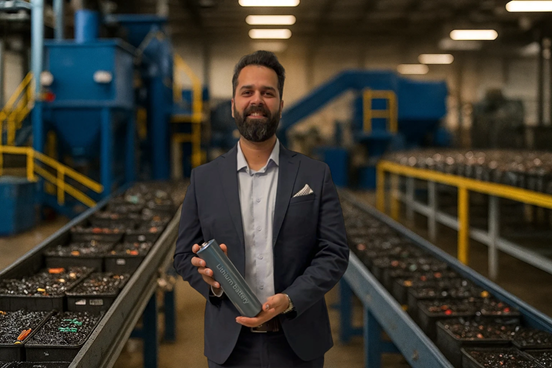Going Green
The transport sector accounts for a significant environmental impact, both when it comes to greenhouse gases and the release of substances such as sulphur and carbon into the atmosphere. At the same time, the need for efficient transport in an increasingly globalised world has never been bigger. Fortunately, there are technologies that can significantly reduce the transport sector’s environmental impact. New lightweight materials have already begun to make smart travel possible, and can contribute even more as technology improves.
In developed nations the use of composite materials has gone to the next level, but in India use of lighter materials is still in a nascent stage due to cost pressures. Materials technology has developed rapidly in recent years. New composite materials have been developed that combine strength with much less weight than steel. Composites consist of a mixture of different materials like titanium, aluminium, fibreglass and carbon fibre. The costs of producing components in these materials are generally significantly higher when compared to metal alloys or plastics. However, composites have the advantage of combining low weight with high structural strength; therefore, it could be the future of lighter materials.
On April 8, the government formally launched the Faster Adoption and Manufacturing of Hybrid and Electric Vehicles (FAME) scheme to promote eco-friendly vehicles by offering incentives on electric and hybrid vehicles of up to Rs 29,000 for bikes and Rs 1.38 lakh for cars. Making vehicles lighter on one hand and promoting hybrid and electric vehicles on the other hand will make India greener and allow for sustainable growth by reducing fuel bills in the coming years. Countries like USA, Japan, China and the EU are already promoting these evolving alternative technology vehicles. If the scheme is executed according to plan, it will result in reducing carbon dioxide emissions by 24 million tonnes, fuel savings of up to 9,500 million litres and creation of approximately 3 lakh jobs by 2020.
The current issue focuses on Automotive Lightweighting; companies like Jaya Hind, Reliance Industries, Henkel Adhesives and a few others have spoken on the latest trends that are evolving to make vehicles lighter. It is learnt that substantial improvements will be possible only through a new approach – making the automobile body out of lightweight materials instead of basic carbon steel. A car with a light body can use a lighter engine, a smaller suspension, and have a less elaborate structure. These secondary weight savings can roughly double the benefits by reducing the weight of the body as well as downsize other parts of the car.
In line with other stories, in Shopfloor Sojourn section we have covered Tenneco Automotive India’s exhaust system plant in Chennai, where it speaks about emission norms and lightweighting. The plant makes exhaust systems according to global standards and also follows best practices in terms of safety, manufacturing and latest technology upgradation. We have Renault Lodgy in the Technology & Innovation section and few other interesting sections.
Wish you Happy Reading. Do send us your feedback.
Bhargav TS
Executive Editor
s.bhargav@nextgenpublishing.net






Leave a Reply